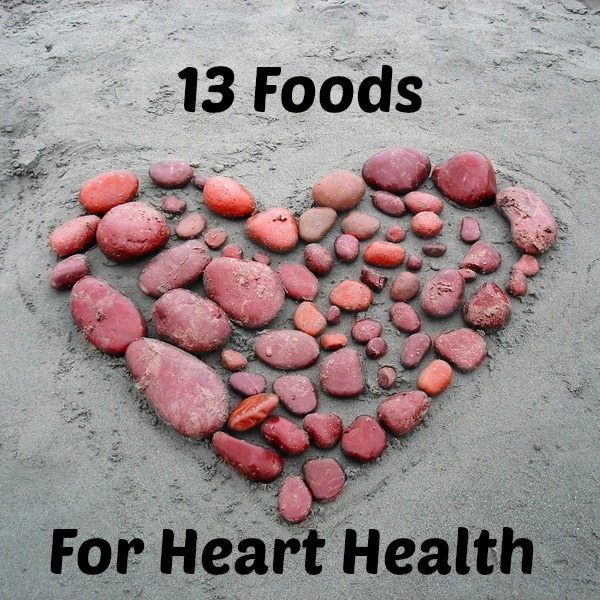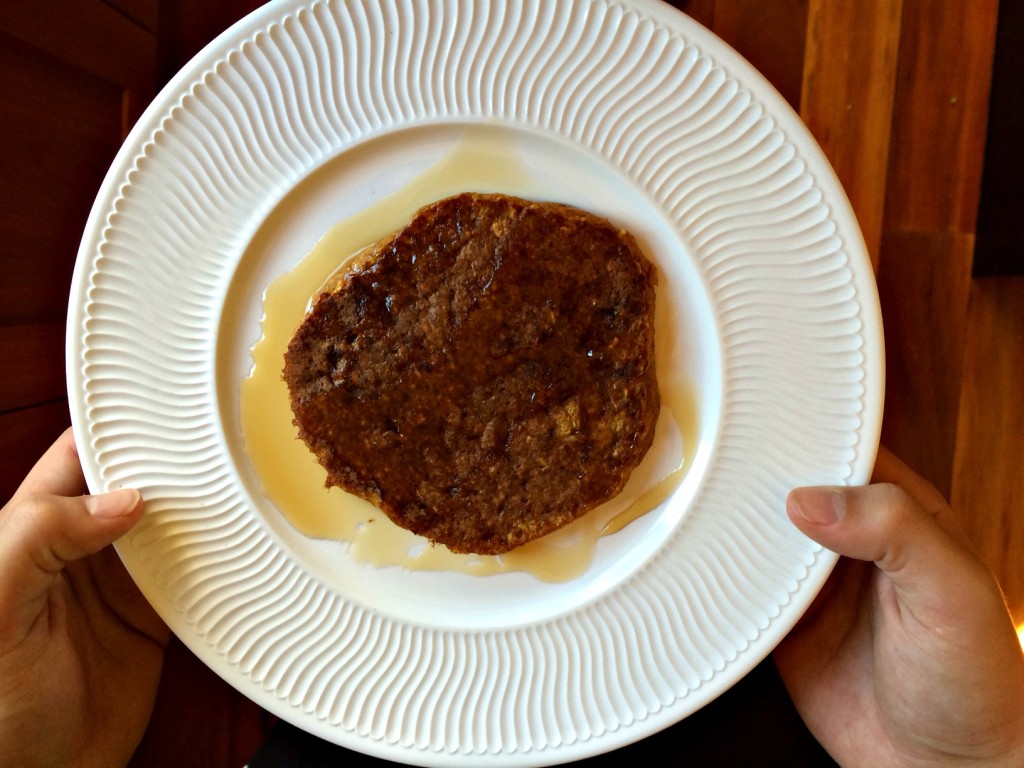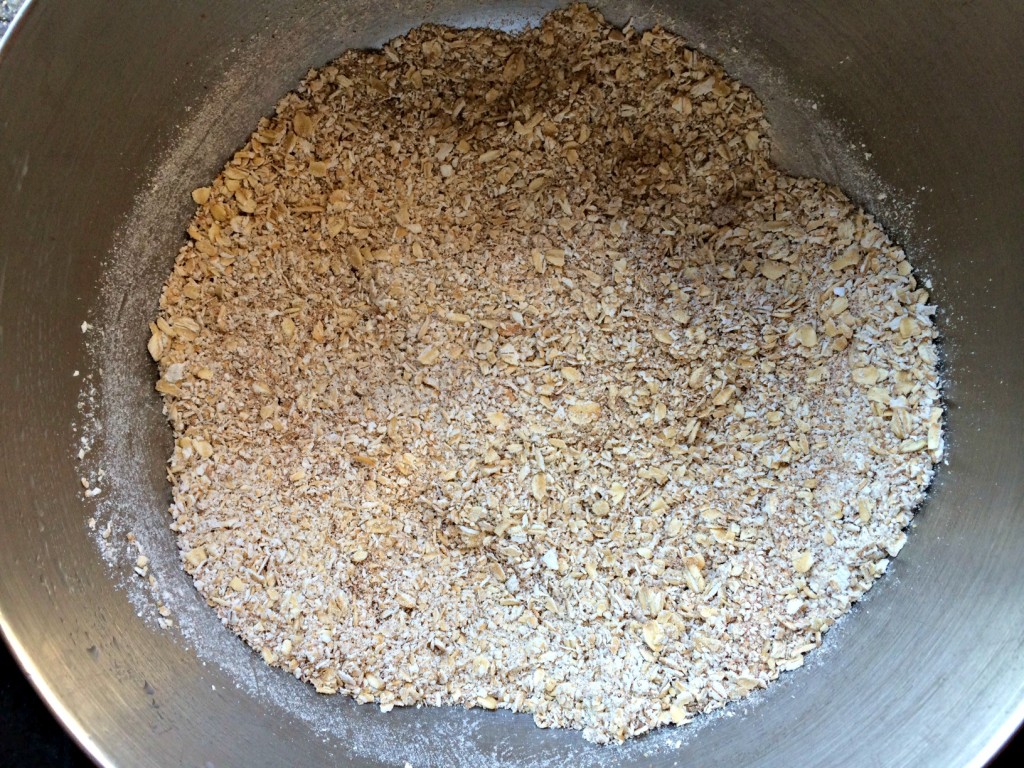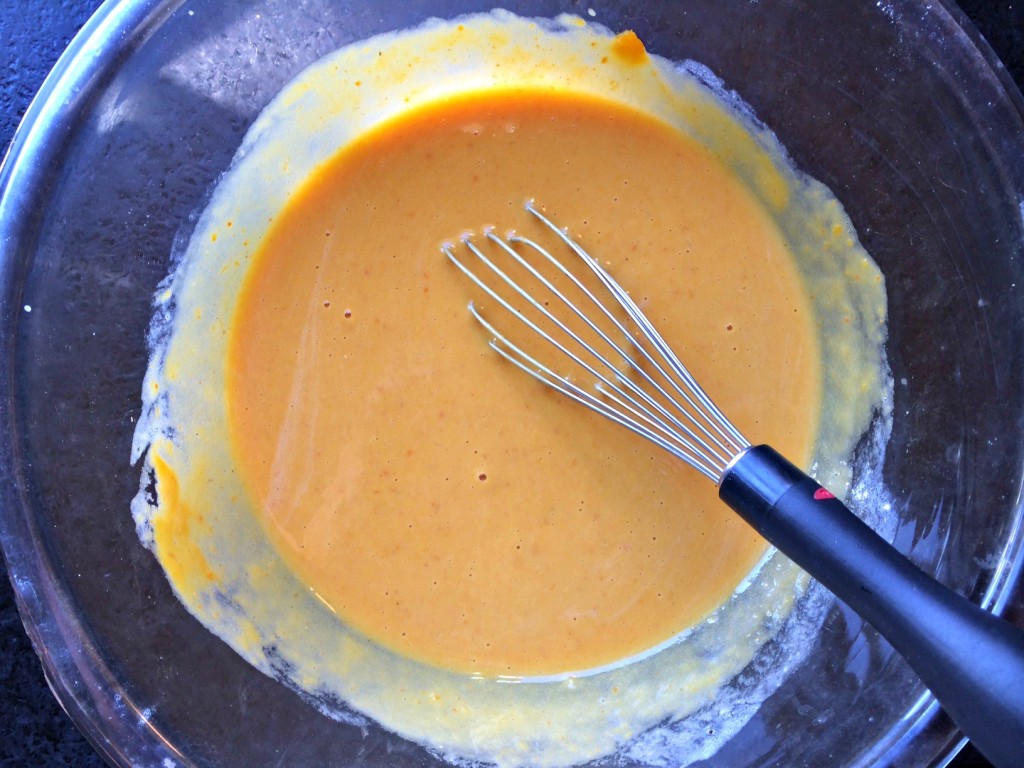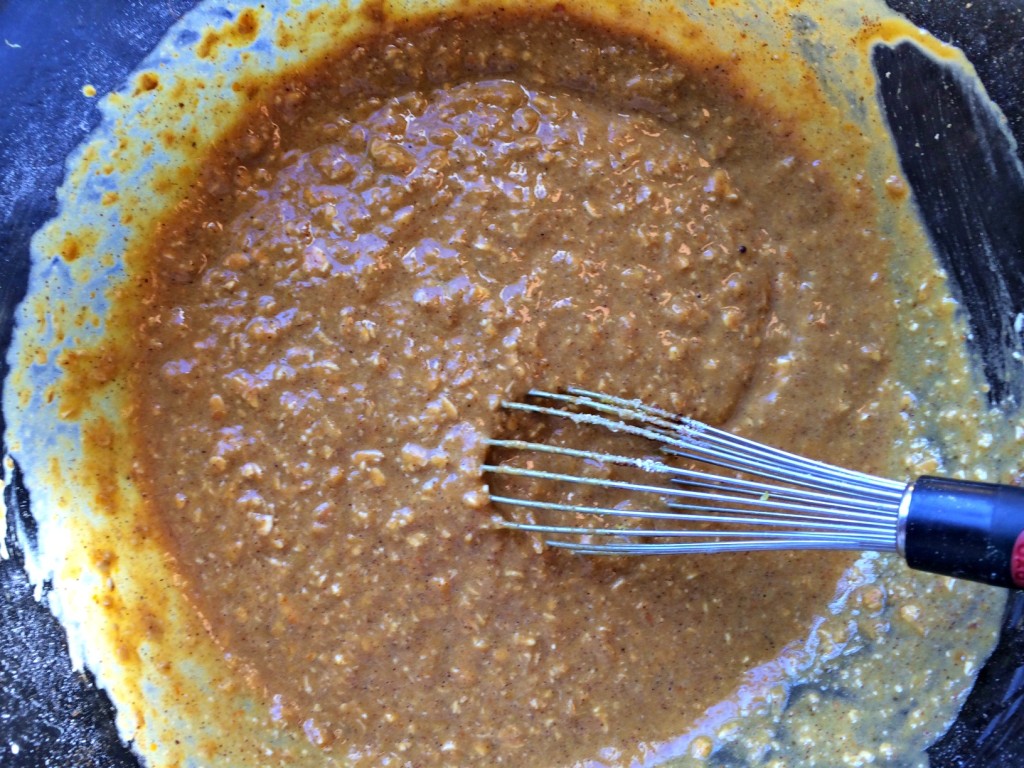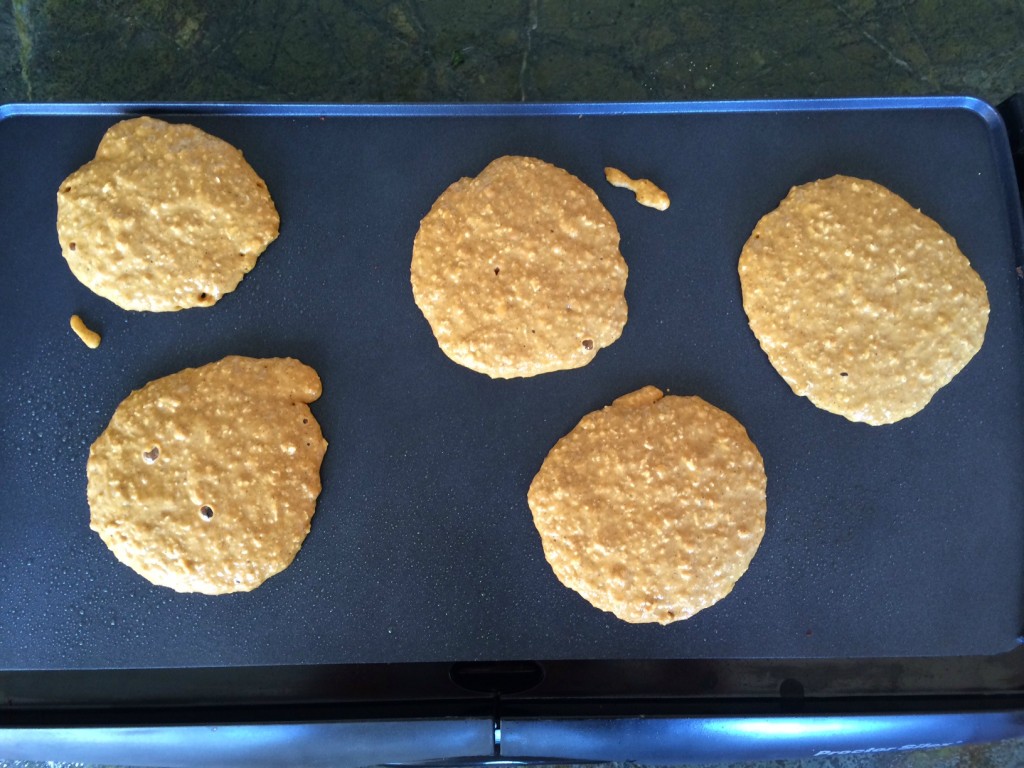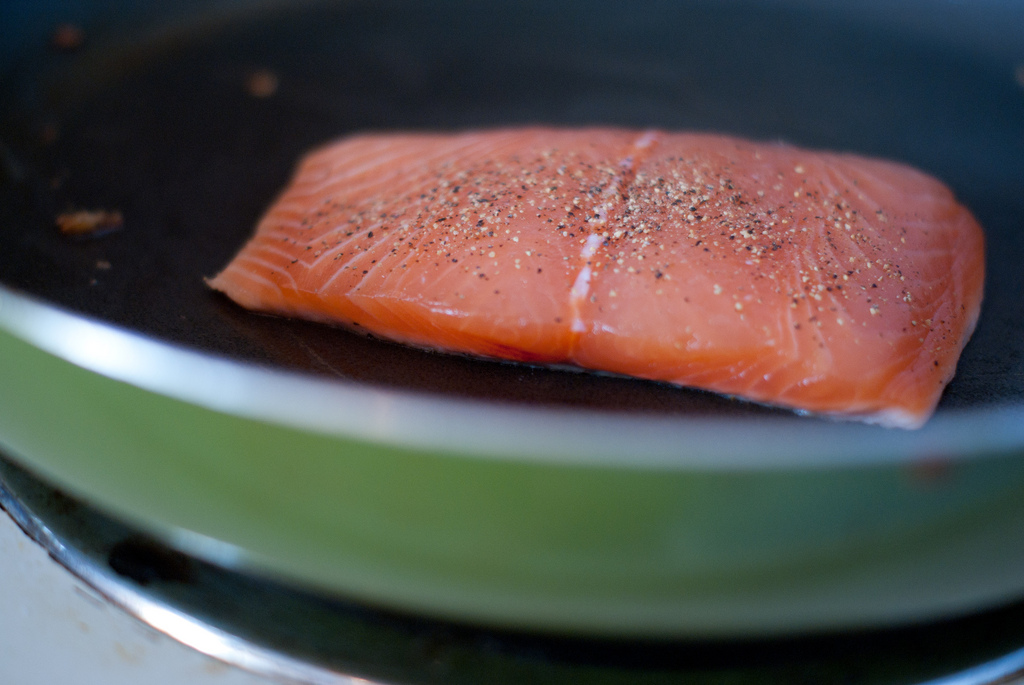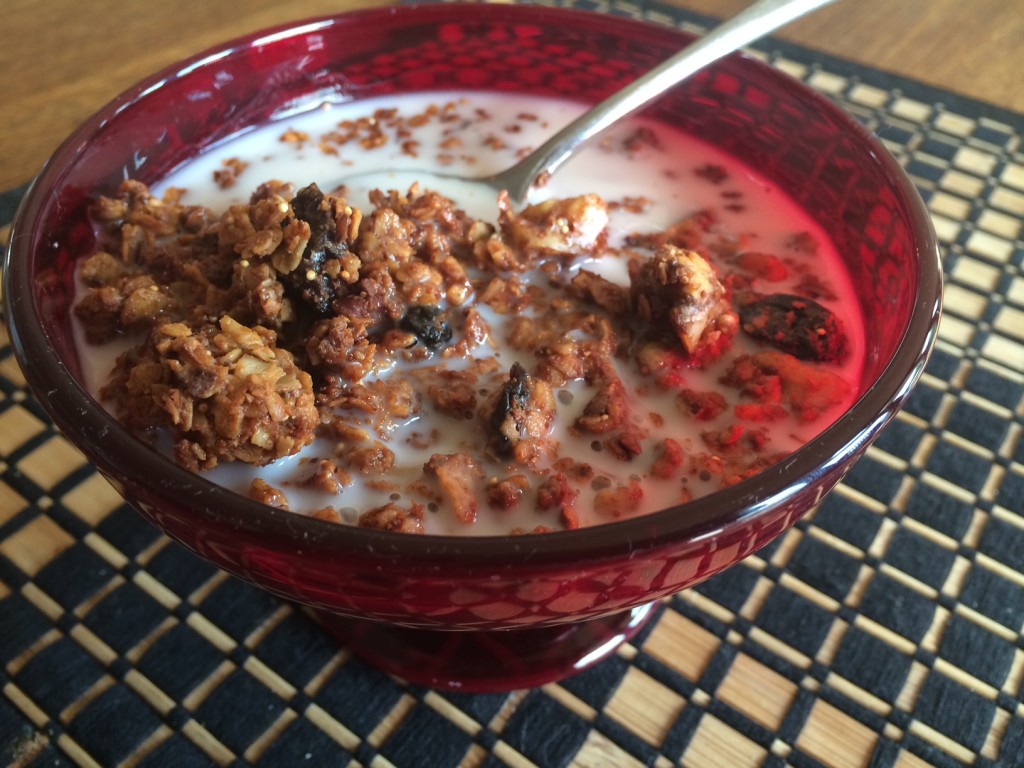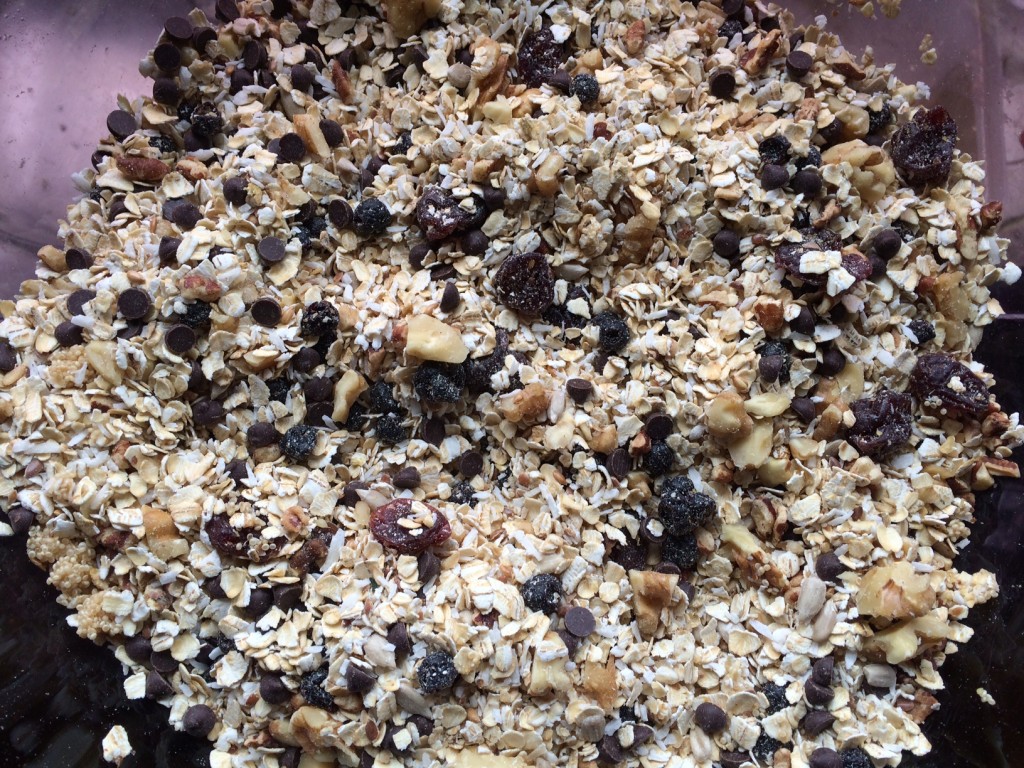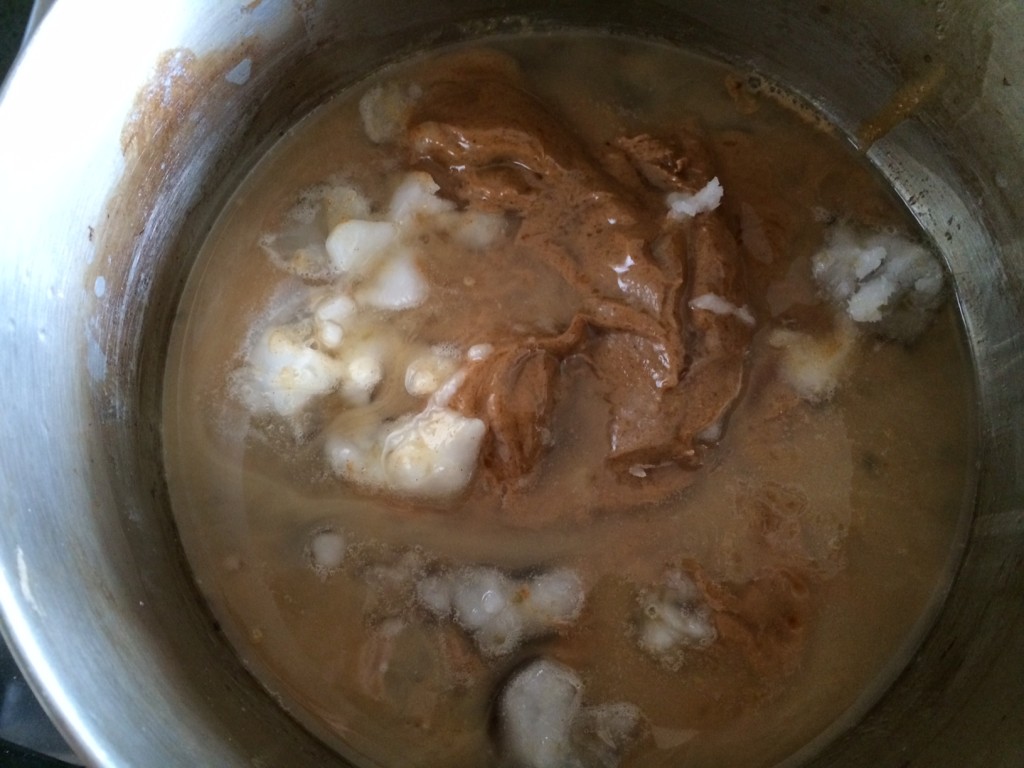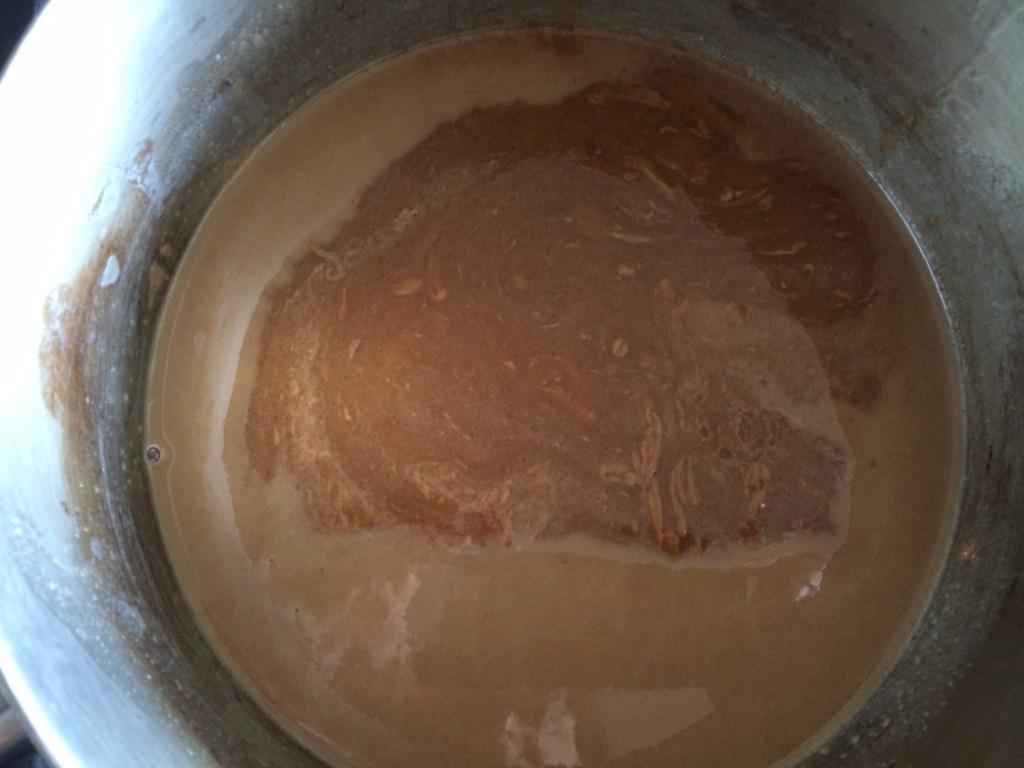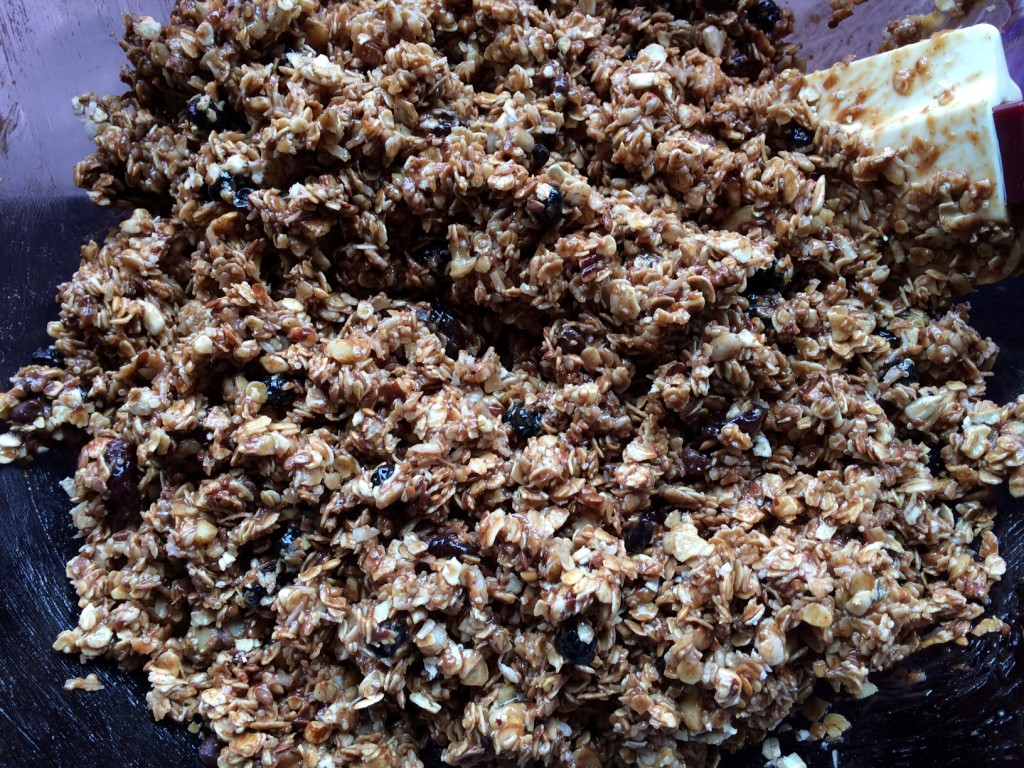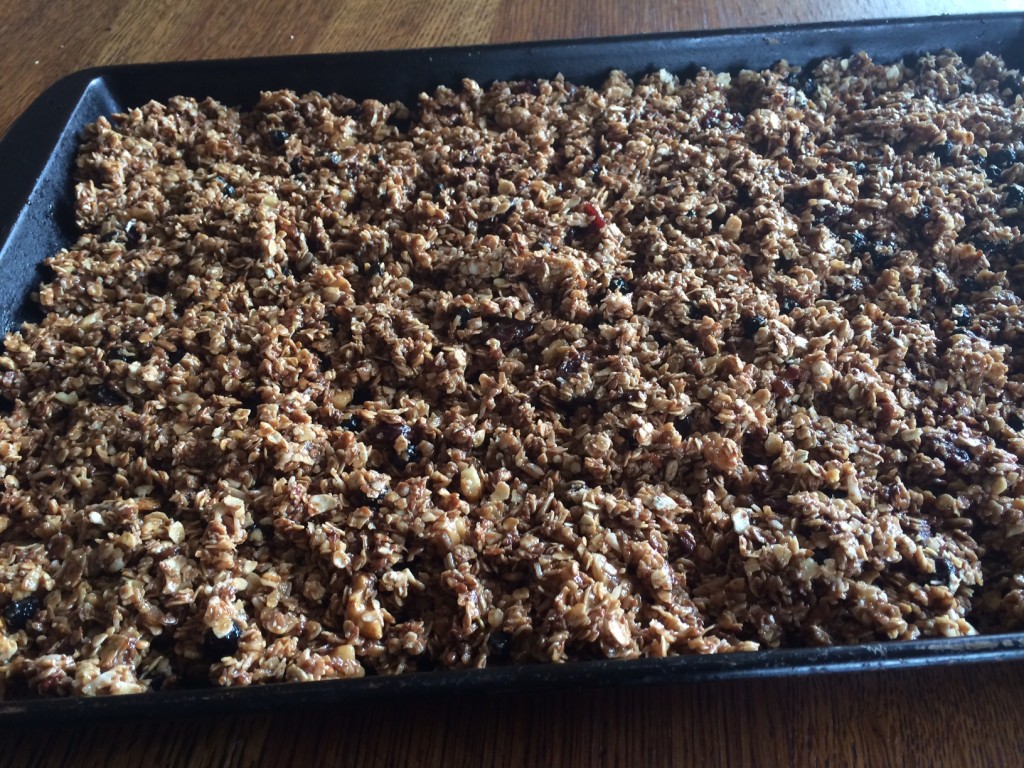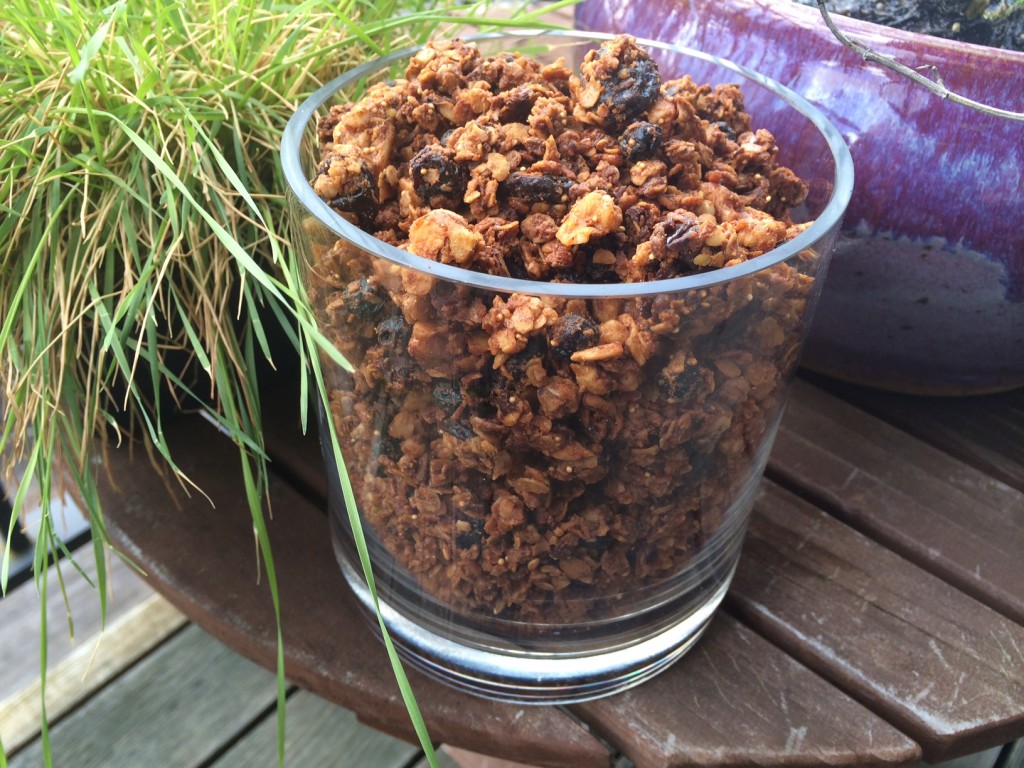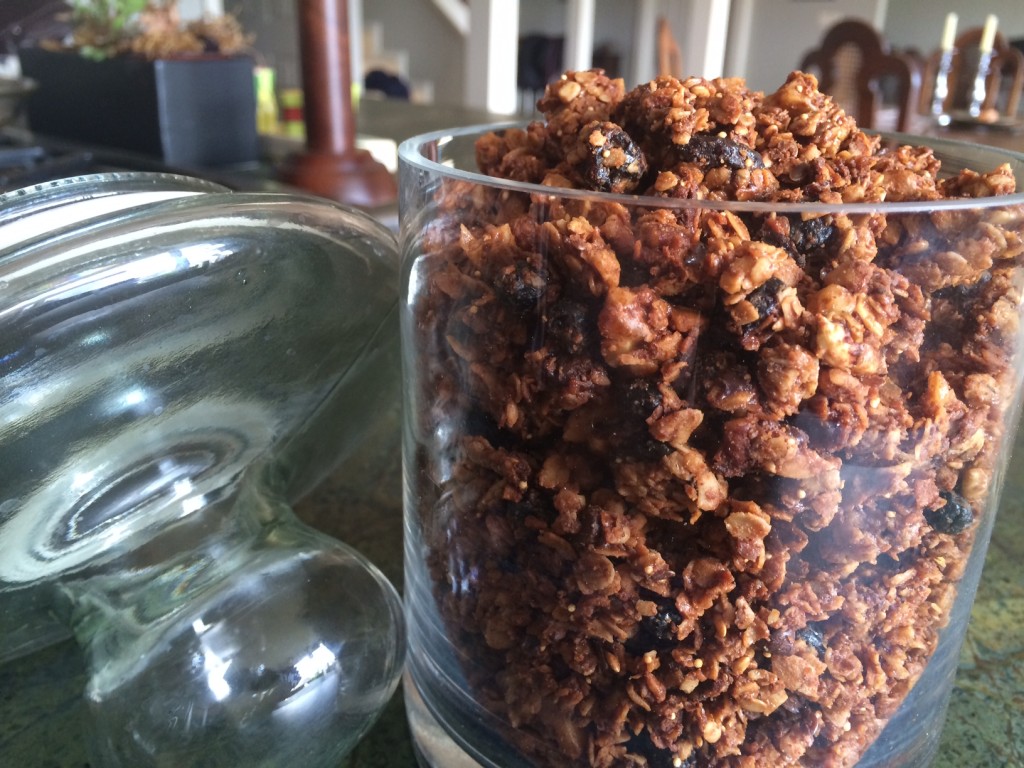The American Heart Association states “Heart disease – also called coronary heart disease – is a simple term used to describe several problems related to plaque buildup in the walls of the arteries, or atherosclerosis. As the plaque builds up, the arteries narrow, making it more difficult for blood to flow and creating a risk for heart attack or stroke.” Not only are one in every 4 deaths in the US related to heart disease but heart disease is the leading cause of death for both men and women in the US. Heart disease is a huge problem for the United States population. Fortunately, there are many steps related to diet and lifestyle that can positively impact your heart health.
Foods to Eat to Reduce Heart Disease
Salmon: The American Heart Association recommends eating fish (particularly fatty fish) at least two times a week. A standard serving is 3.5 oz, about the size of a deck of cards . Fatty fish like salmon, mackerel, herring, lake trout, sardines and albacore tuna are high in omega-3 fatty acids. Research has shown that omega-3 fatty acids decrease the risk of abnormal heartbeats, which can lead to sudden death. Omega-3 fatty acids also decrease triglyceride levels, slow growth rate of atherosclerotic plaque, and can slightly lower blood pressure.
Blueberries: All berries are excellent choices for overall health because they are densely packed with a variety of potent phytochemicals and fiber without being high in sugar. Blueberries and strawberries seem to be particularly good at boosting heart health by decreasing plaque build-up in the circulatory system. Three or more servings of a half a cup of blueberries or strawberries each week is all that is required to start seeing heart benefits.
Oatmeal: Oats contain a powerful cholesterol fighting fiber known as beta-glucan. Many studies have proven the beneficial effects of this special fiber on cholesterol levels. Studies show that consuming just 3 grams of soluble oat fiber per day (roughly the amount found in one bowl of oatmeal) typically lowers total cholesterol by 8-23%. This cholesterol lowering effect is highly significant since each 1% drop in serum cholesterol translates to a 2% decrease in the risk of developing heart disease.
Dark chocolate: Dark chocolate, at least 70% cocoa or higher, contains flavonoids, powerful anti-oxidants which impact vascular health, by lowering blood pressure, improving blood flow to the brain and heart, and making blood platelets less sticky and able to clot.
Citrus: Recent research has shown that women eating a diet rich in citrus fruit enjoy a decreased risk of stroke. Citrus fruits are also a valuable source of vitamin C, which has been linked with a lower risk of heart disease. Remember, grapefruit products may interfere with the action of the cholesterol-lowering drugs known as statins.
Tomatoes: Tomatoes are a rich source of lycopene, beta-carotene, folate, potassium, vitamin C, flavonoids, and vitamin E. These vitamins, minerals and anti-oxidants have a profound impact on heart health including the reduction of LDL (bad) cholesterol, homocysteine, platelet aggregation, and blood pressure.
Nuts: All nuts are about equal in terms of calories per ounce, and in moderation, are all healthy additions to any diet. Be sure to eat nuts raw or dry roasted to avoid the unhealthy oils sometimes used for roasting. Walnuts, considered the best nut for heart health, have high amounts of alpha linoleic acid (ALA). Research has suggested that ALA may help heart arrhythmias, and a 2006 Spanish study suggested that eating as few as 8 walnuts a day were as effective as olive oil at reducing inflammation and oxidation in the arteries after eating a high fat meal.
Legumes: Lentils, black beans, black- eyed peas and kidney beans are four of the best beans to lower cholesterol and blood pressure. They are a fiber filled addition to your diet. Long term studies have found their high fiber content lowers cholesterol and triglyceride (blood fat) levels. Try to eat about 3-4 cups of beans a week.
Extra virgin olive oil: Olive oil is loaded with anti-oxidants that help fight heart disease. Studies have shown it is helpful in the reduction of LDL cholesterol, blood pressure, and inflammation. It also helps reduce unwanted blood clotting, reducing the risk of stroke. Be sure to buy cold pressed extra virgin olive oil to get the most benefit.
Red wine: Moderate consumption of alcohol (1-2 drinks a day) has been associated with a decreased risk of heart attack and stroke. Red wine appears to offer more benefit than other forms of alcohol due to its high concentration of flavonoids and resveratrol, which may play an active role in limiting the start and progression of atherosclerosis.
Leafy Greens: Leafy green vegetables are rich in lutein which has been associated with a decreased risk of artery thickening. Leafy greens also contain potassium, which helps manage blood-pressure levels.
Flax or chia seeds: Flaxseeds contains lignans, which are chemical compounds that carry antioxidants and enzymes that have many benefits. Flax is also a good source of a type of soluble fiber that helps maintain ideal cholesterol levels. Chia seeds are also loaded with fiber and provide healthy omega-3 fatty acids. Chia and flax seeds are very high in the Omega-3 fatty acid ALA. However, humans are not good at converting this into DHA, the most important Omega-3 fatty acid.
Avocado: Avocados contain monounsaturated fatty acids, which have been shown to help lower our risk of heart disease. They are also rich in phytosterols like beta-sitosterol, campesterol, and stigmasterol which decrease inflammation in the body.
Other Factors to Consider in Heart Health
Exercise: The American Heart Association recommends at least 30 minutes of moderate exercise 5 days a week for overall heart health. For people with concerns about high blood pressure or elevated cholesterol, they recommend 40 minutes of vigorous intensity aerobic exercise 3-4 times a week. Exercise includes anything that gets your body moving and burns calories. Choose an activity you like and stick to it!
Decrease Salt Consumption: In some people, sodium increases blood pressure because it holds excess fluid in the body, placing an added burden on the heart. The American Heart Association recommends about 1500 mgs a day of salt but most people eating a Standard American Diet consume about 3400 mgs a day. Eating a diet low in packaged foods will help you decrease your sodium intake.
Floss Your Teeth: Recent research has demonstrated a possible link between periodontal disease and heart disease. In a new study in which researchers infected mice with four different types of bacteria associated with gum disease, the mice had increased levels of systemic inflammation and cholesterol.
Don’t smoke: People who smoke are two to four times more likely to get heart disease. The nicotine in cigarettes raises your blood pressure, damages blood vessels, raises your heart rate, increase your risk of blood clots and decreases the amount of oxygen that gets to your heart. All of these factors contribute to heart disease.
Sleep: In a recent study, people sleeping less than 6 hours or more than 10 hours a night were found to have a higher prevalence of coronary heart disease, stroke and diabetes, in addition to obesity and frequent mental stress, compared to “optimal sleepers” who slept an average of seven to nine hours. The study speculates that quality of sleep is just as important as quantity.
Photo by coletree under the Creative Commons license.

